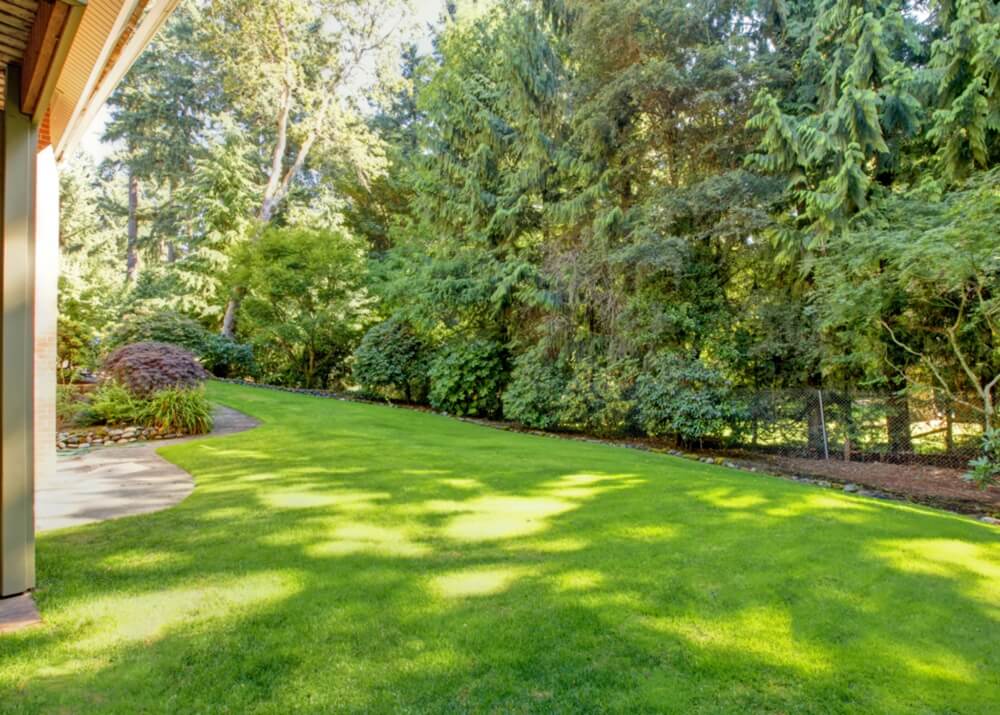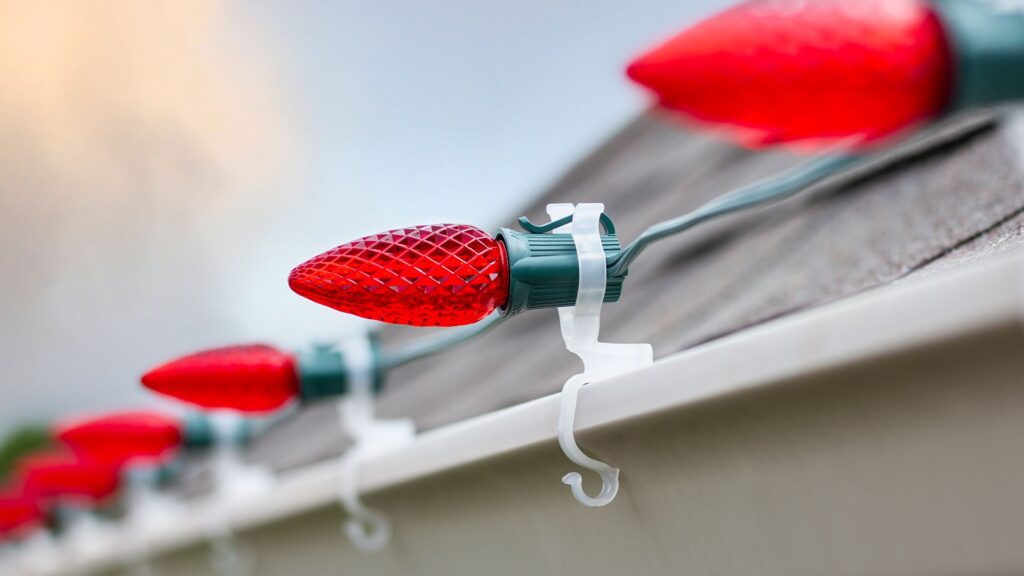If you’ve ever stepped into a garden and felt instantly relaxed or captivated by its beauty, chances are that a well-designed landscape layout played a major role in creating that experience. Designing a garden isn’t just about planting a few flowers or laying down some turf. It’s about organizing an outdoor space in a way that maximizes visual appeal, functionality, and harmony with nature. Whether you have a sprawling backyard or a modest garden, a strong landscape layout is your blueprint to creating an inviting, structured space that thrives through the seasons.
In this guide, we’ll walk you through how to create a landscape layout from scratch, incorporating essential principles of design and practical steps to bring your vision to life.
What is a Landscape Layout?
A landscape layout in gardening refers to the horizontal, wide orientation of designing your outdoor space. It emphasizes cohesion between elements such as plants, hardscapes (like pathways and patios), and natural features (like trees or slopes), all tailored to the space’s topography and size. Unlike vertical garden styles or narrow designs, landscape layouts stretch across width and depth, creating visual balance and inviting movement through the garden.
Step 1: Assess Your Garden Space
Before anything else, understand what you’re working with:
- Measure the area: Take note of the width and length to get a sense of the proportions.
- Note existing elements: Trees, slopes, fences, soil conditions, drainage patterns, and sunlight exposure (full sun, partial shade, full shade).
- Identify issues: Poor drainage, compact soil, or overgrown areas may need attention before you start designing.
Tip: Use a smartphone or sketchpad to document these observations.
Step 2: Define Your Garden Goals and Style
Next, ask yourself what the garden is for:
- Is it for relaxation?
- A vegetable garden?
- A play space for children?
- Or a wildlife-friendly habitat?
Once your purpose is clear, pick a style that aligns:
- Formal: Symmetry, clean lines, hedges, and geometric patterns.
- Informal: Curving paths, native plants, a natural flow.
- Cottage: A riot of color and fragrance with layered perennials.
- Modern: Minimalist, structured, and bold hardscapes.
- Themed: Japanese, Mediterranean, or desert-style gardens.
Step 3: Plan the Layout Zones and Flow
This is where the magic begins. Start laying out the core design elements.
Zones:
Divide your space into distinct zones:
- Lawn areas
- Flower beds
- Vegetable patches
- Seating or patio spaces
Focal Points:
Every great garden layout has one or more focal points:
- A water fountain
- A sculpture
- A specimen tree or flowering shrub
These elements anchor the eye and provide a sense of structure.
Pathways:
Pathways aren’t just for movement; they help define the layout:
- Use gravel, stepping stones, flagstone, or wood chips.
- Curved paths enhance the horizontal flow of a landscape layout.
Plant Arrangement:
Create natural transitions using height and color:
- Back row: Taller plants like ornamental grasses, dwarf trees, or climbing roses.
- Middle row: Medium-height plants like coneflowers or salvia.
- Front row: Ground covers or low-growing plants like thyme or creeping phlox.
Use repetition (planting the same species in several areas) to unify the design.
Hardscapes:
These provide structure and usability:
- Low walls, raised beds, patios, and pergolas.
- Keep materials in harmony with the overall style.
Step 4: Select the Right Plants
Plants are the stars of the show. Choose wisely based on your garden’s sun/shade mix and climate.
For Sunny Areas:
- Lavender
- Black-eyed Susan
- Coneflower
- Salvia
- Sunflowers
For Shady Areas:
- Hostas
- Ferns
- Astilbe
- Impatiens
- Hellebores
Mix plant textures and leaf sizes. For example, broad-leaf hostas contrast beautifully with wispy ornamental grasses.
Think Seasonally:
- Spring: Tulips, daffodils
- Summer: Roses, daylilies
- Fall: Sedum, ornamental kale
- Winter: Evergreens, red-twig dogwood
Use the USDA Plant Hardiness Zone Map to select climate-appropriate options.
Step 5: Sketch Your Design
Even a simple drawing goes a long way:
- Use graph paper or digital tools like Garden Planner or SketchUp.
- Map out pathways, zones, and focal points.
- Add plant groupings and label them.
This helps you visualize the entire landscape layout before making physical changes.
Step 6: Execute and Maintain Your Layout
Start with the hardscape:
- Build pathways, lay patio stones, install irrigation, and position seating.
Then, begin planting:
- Follow your sketch or adjust slightly based on real-world spacing.
- Mulch around plants to conserve moisture and suppress weeds.
- Add edging (e.g., metal, brick, or plastic) for a clean separation of lawn and garden beds.
Ongoing Maintenance:
- Water regularly and check for drainage issues.
- Prune and deadhead flowers to encourage new growth.
- Feed plants with compost or organic fertilizer every season.
Bonus Tips for a Standout Landscape Layout
- Emphasize Width: Use spreading shrubs and horizontal structures to visually stretch the garden.
- Layer Your Garden: Taller plants in back, medium in the middle, low in the front.
- Use Lighting: Solar path lights or accent uplights can make the space magical at night.
- Be Sustainable: Choose native plants that thrive with less water and attract pollinators.
- Leave Breathing Room: Avoid overcrowding. Plants need space to grow.
Final Thoughts
Creating a landscape layout isn’t just about aesthetics; it’s about designing a living space that works in harmony with its environment and your lifestyle. It offers beauty, function, and relaxation all in one. Whether you’re a DIY weekend warrior or collaborating with a professional, having a plan will save time and money while ensuring results you love.
Need inspiration or help choosing plants for your region? Tools like Better Homes & Gardens’ Plant Encyclopedia can help narrow down your choices.
A great garden layout grows with time. As the plants mature and the seasons shift, your space will evolve into a lush, layered oasis you’ll be proud of.
So grab your gloves, sketch out your dream garden, and start laying the foundation for a beautiful, wide-reaching landscape layout that turns heads and soothes souls.









